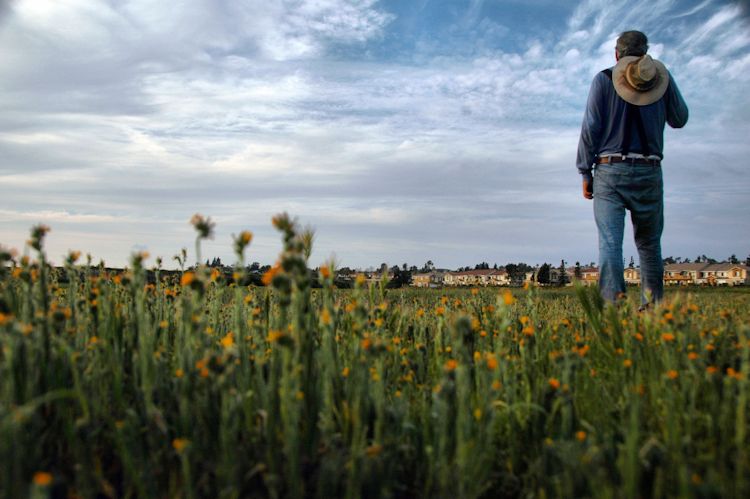Pax Nortona – A Blog by Joel Sax
From the Land of the Lost Blunderbuss
Home - Travel - Hikes and Trails - Notes from an Air Evac 3
Notes from an Air Evac 3
Posted on June 2, 2004 in Hikes and Trails
This is the third in a series about an event that took place on Memorial Day, 2004. I am writing it as I finish the sections in my head. It begins here.
 I’ve received a couple of notes from a “friend” who castigated me for my “stupidity”. Frankly, I know I made a marginal mistake. The point to learn from is that stupidity didn’t play a part here: a hunger to make the summit did. Things went wrong as they will happen to the best of outdoorsmen. It’s how we respond to the catastrophes that matter. I count myself as smart for the simple reason that when things failed, I did not compound them by making further bad decisions.
I’ve received a couple of notes from a “friend” who castigated me for my “stupidity”. Frankly, I know I made a marginal mistake. The point to learn from is that stupidity didn’t play a part here: a hunger to make the summit did. Things went wrong as they will happen to the best of outdoorsmen. It’s how we respond to the catastrophes that matter. I count myself as smart for the simple reason that when things failed, I did not compound them by making further bad decisions.
The day began positively. We arrived at the Maple Springs parking lot at ten a.m., pulled together our water supplies (a gallon each) and the other gear we brought for the climb. We chose light clothing. We brought food and a first aid kit. I also packed a rain fly, an inhaler, a pocket knife, a space blanket, and a few other light bits.
The walk began in shade, but I knew we’d be out in open country soon. I adjusted my hat, brought out my pole, and checked the route before marching confidentally out. Sycamores lined the forest service road that we followed for about a hundred yards before we made the first hairpin turn onto the Silverado Motorway.
The rigor of the trail was apparent from the start. Wildflowers and grasses invaded the margins of the trail. A little bit of poison oak crept in from the canyon side. We stepped around it and turned the first corner into the box canyon that the Silverado Motorway parallelled for about half its route before rounding the upper end for the final approach to the peak.
We ran into a couple coming down. “How far did you go?” I asked. “To the top?” “Yeah,” said the man. “It takes about two hours.” I made a mental note. It was ten o’clock, so we’d get there about noon if he spoke truly. We pressed on, around the turn beneath the last two sycamores that shaded the “motorway” before it rose to meet its first switchback.
They came one right after another, each ascending a couple of hundred feet before meeting the next. At a rock shaped like a coffin, we stopped to check our water and eat an energy bar. A long meadow stretched for about two hundred feet down the hillside. We could see the front of the peak and the trail cutting across its face that led to the long flat penultimate to the summit. From our perch, we could see up and down Silverado Canyon. The towers of Fashion Island rose on the brink of the ocean. The peaks of Catalina Island pierced the Pacific haze. I smiled as a cool breeze blew off the mountain. Even though I’d drained my Camelback, I still had water and 3900 foot Bedford Peak did not seem far. I moved some water from the canteen to the Camelback, then, continued the climb. I felt great and eager to continue. Lynn raised no objection.
A quarter of a mile up the trail, where an ancient uplift had twisted and bent the cubic rocks of the Bedford Formation, Lynn showed me her shoe. The sole flapped like an idiot’s tongue. I pulled out the first aid kit and taped the shoe closed. “Do you want to go back?” I asked.
“We can keep going,” said Lynn.
We both look back at the moment and think that it might have been wiser to return to the bottom. About half an hour later, the tape broke. I pulled out the first aid kit again. Wrapped the shoe. Asked the same question. “Do you want to go back?” I asked. She still told me that we could keep going.
The trail lifted its back and stood nearly erect. We passed a few bikers and told them about the rugged conditions ahead. I could hear two of them cursing that they’d chosen to come down by this route today as they passed on a lower switchback. We scrambled up a loose, rocky slope that the map indicated would be the biggest jump in our route. A gentler incline presented itself. I started to feel tired and sore even though I took pains to advance only a foot or two at a time. I stopped frequently. When I rose from my squats, a sandy blindfold of light-headedness covered my eyes. I let Lynn pass me. Finally, about three quarters of a mile shy of the top, I took the last sip from my first refill. “I’m down to my last quart,” I told Lynn. “We need to go back.”
Smart hikers caught with little water know to drink what they have and get the hell out of there. If there had been shade, I would have curled up beneath it and waited for evening. But this was the chaparral, a place of low scrub. The sun had baked the ground beneath the toyon bushes and scrub oak until it mimicked the radiant fusion that spawned it eight and a half minutes before. We knew it was time to get off the mountain. I started rolling back down and Lynn followed. That was the right thing to do.
I drank my water as I went. We renegotiated the steep slope. I went first, telling Lynn to wait until I got to the bottom. Here the lightheadedness returned for a moment and I nearly fell. Quick work with my staff saved me. I staggered to the bottom until I was on a more stable piece of trail. The worst, I thought, was over. Lynn climbed down and I headed down the mountain at a quick, but sane pace.
My back started to ache. If I didn’t do something about it, I would be slowed to a crawl. We needed to keep up the pace, get off the hillside before the heat ran us into the clawed chaparral and killed us.
On downhills, I walk faster than Lynn. But I pace myself and slow down for slippery spots. These dry, dusty slopes are where people break legs in the chapparal. I avoided that mistake.
To keep from losing Lynn, I paused to sit on a rock near the jumbled rocks of the Bedford Formation that we’d passed on the way up. I pulled out the first aid kit, took some tylenol for my back pain, and chugged it down with water. On the first try, I gagged. I think this response was what precipated what followed.
Lynn showed up with two loose soles. She stopped to wrap them with tape. Then I said “It’s time to get off this mountain as fast as we can.” She didn’t argue or balk. I stood up, rounded the bend, planning to pause every hundred yards to make sure that she was all right. I took about twenty steps, felt the nausea rise suddenly to my throat, sat down, threw off my backpack, and vomited in my lap. With less than a quart of water between us, I was in trouble.
To be continued.

